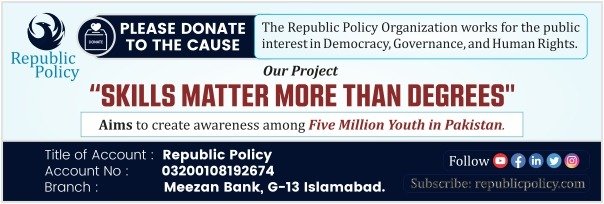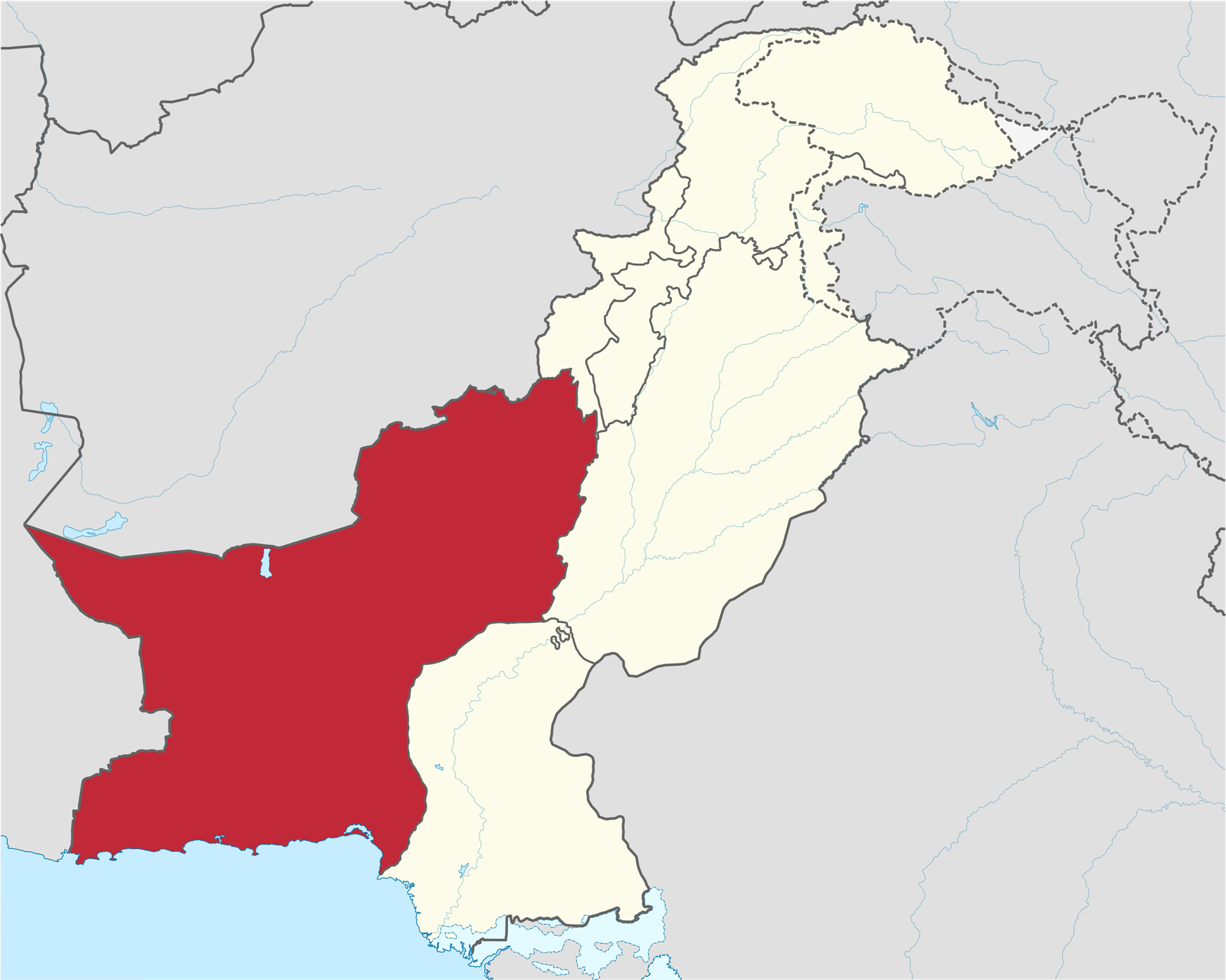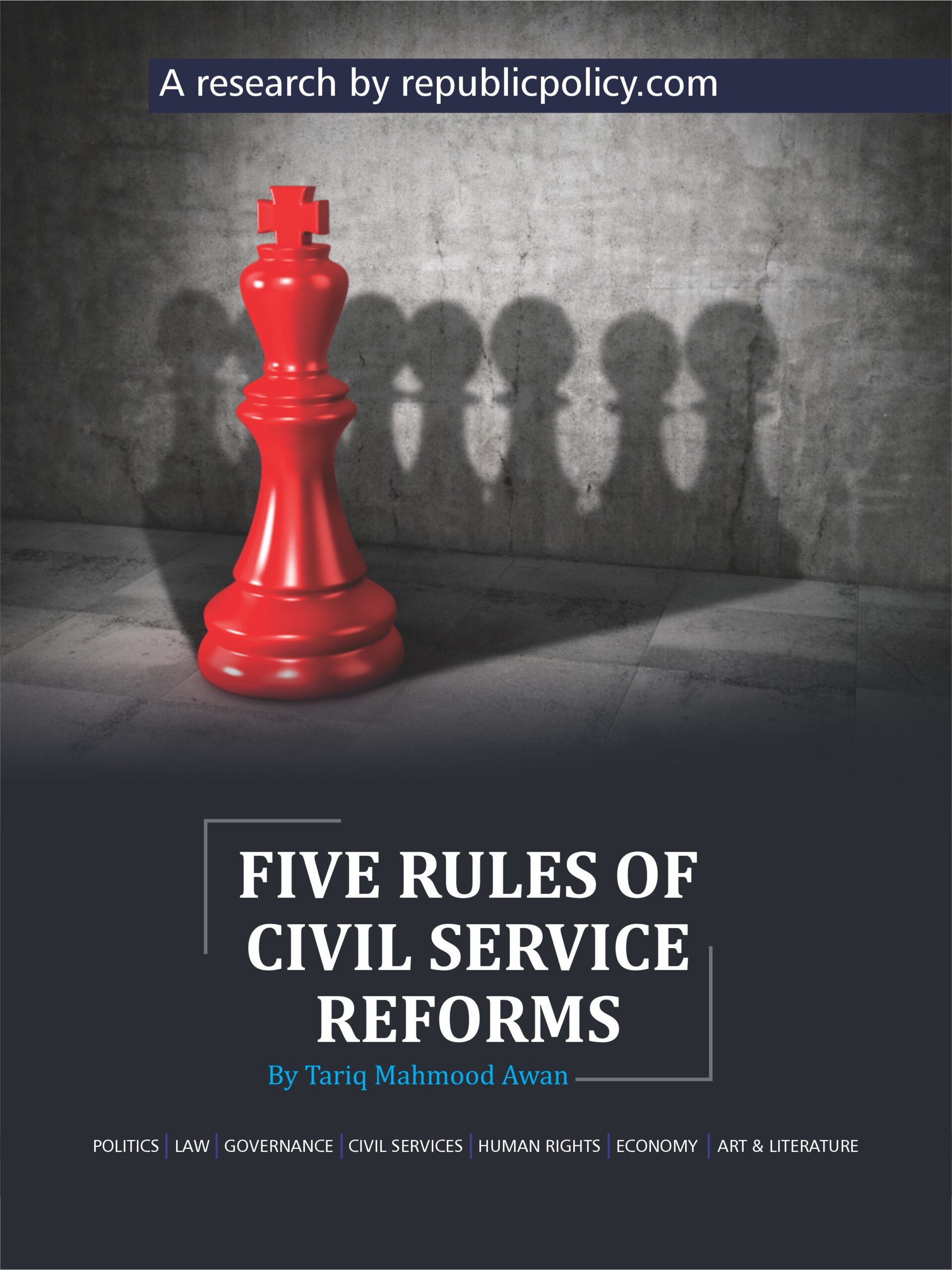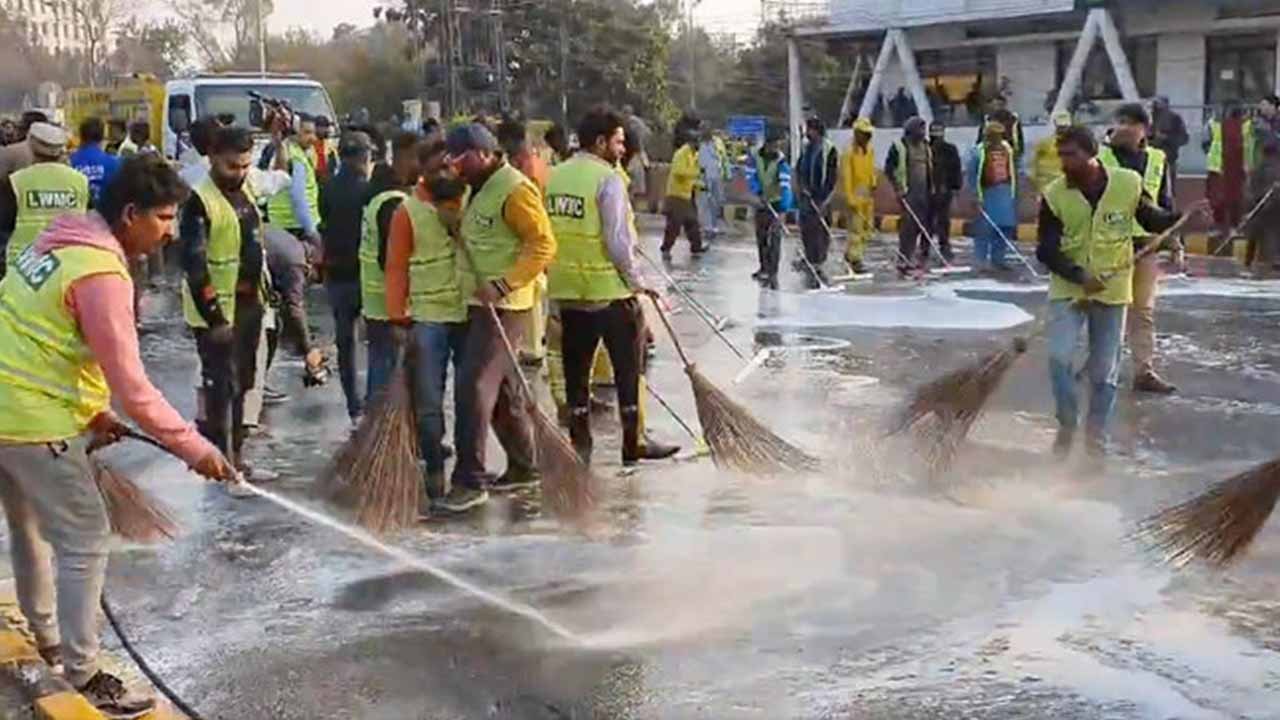Editorial!
Pakistan is standing at a demographic crossroads. With over 64% of the population below the age of 30, the country possesses an unparalleled asset — a young, energetic, and ambitious workforce. Yet this potential is turning into a ticking time bomb due to soaring unemployment, lack of business opportunities, and an alarming sense of hopelessness among the youth. If immediate and bold steps are not taken by both the federal and provincial governments, Pakistan could face not just an economic crisis, but a full-blown social and political meltdown.
This is not rhetoric — it is a national emergency.
Every year, nearly two million young Pakistanis enter the job market, but the economy creates only a fraction of that in employment opportunities. Universities and vocational institutes continue to churn out graduates with degrees, but without direction. The result? An ocean of educated but jobless youth wandering aimlessly — vulnerable to depression, addiction, crime, and even violent extremism. This is not just a lost opportunity — it is a slow national decay.
The government’s silence and sluggish response are deeply concerning. Empty promises of “youth empowerment” and symbolic schemes are not enough. What is needed is a full-scale, war-like mobilization of policy, investment, and political will to generate sustainable employment and entrepreneurship opportunities.
Please, subscribe to the YouTube channel of republicpolicy.com for quality content.
At the federal level, there must be an emergency economic action plan focused solely on youth employment. The Public Sector Development Program (PSDP) must be urgently restructured to include special allocations for youth-driven startups, digital skills programs, green economy jobs, and microenterprise financing. Ministries of Planning, IT, Commerce, and Education must be made to work in concert, with specific, time-bound goals and clear lines of accountability.
Meanwhile, provincial governments — especially in Punjab, Sindh, Khyber Pakhtunkhwa, and Balochistan — must realize that the solution does not lie in patronage or youth festivals, but in empowering the private sector and local communities. Business registration must be simplified. Industrial zones must offer youth-oriented incentives. Every district should have at least one youth enterprise hub offering mentorship, credit, and training. The same outdated bureaucratic models will not work for a 21st-century youth economy.
Technical and vocational education also needs a complete overhaul. The majority of Technical and Vocational Education and Training (TVET) centers remain disconnected from market demand. Young people are taught obsolete skills that lead nowhere. Curriculum reform, industry partnerships, and mandatory apprenticeships must be urgently introduced to bridge the yawning skills gap.
Another area of massive potential is the digital economy. Freelancing, e-commerce, online services, and content creation can provide jobs to millions — but only if digital infrastructure is expanded beyond urban centers. Government programs like “DigiSkills” are a good start, but remain underfunded and poorly scaled. It is time to think big — national broadband coverage, tax incentives for remote work, and partnerships with tech platforms must become part of policy at the highest level.
Additionally, the government must seriously invest in green jobs — clean energy, organic farming, water management, recycling — not just for the environment, but for employment. These sectors can absorb a large number of youth if supported through policy and investment.
Crucially, all job creation policies must be inclusive. Young women in Pakistan face a double burden — unemployment and societal restrictions. Any plan that excludes half the youth population is doomed to fail. The state must guarantee safe, accessible, and dignified employment spaces for women — from home-based work to mainstream corporate roles.
It is also essential to recognize that the youth crisis cannot be tackled without strengthening local government. Employment and enterprise flourish when local communities are empowered. District governments must be restored and capacitated to implement localized job creation programs, especially in rural and semi-urban areas.
The media and private sector also have a role to play. Media must shift from highlighting despair to showcasing innovation and opportunity. The private sector, meanwhile, must embrace youth as collaborators, not just job-seekers — by offering paid internships, entrepreneurship funds, and innovation challenges.
But at the end of the day, the onus lies on the state.
Pakistan’s young people are not asking for handouts. They are asking for opportunity, dignity, and a future. If governments at all levels continue to ignore this plea, the country risks squandering its greatest resource. Unemployed youth are not just statistics — they are future taxpayers, innovators, teachers, doctors, artists, and leaders. Or, if ignored, they can become the force of disruption, instability, and anger that no state can contain.
The choice is ours — urgency or apathy, action or collapse. But let it be clear: the clock is ticking. The youth of Pakistan need jobs now. This is not a policy debate anymore. This is a national emergency.















